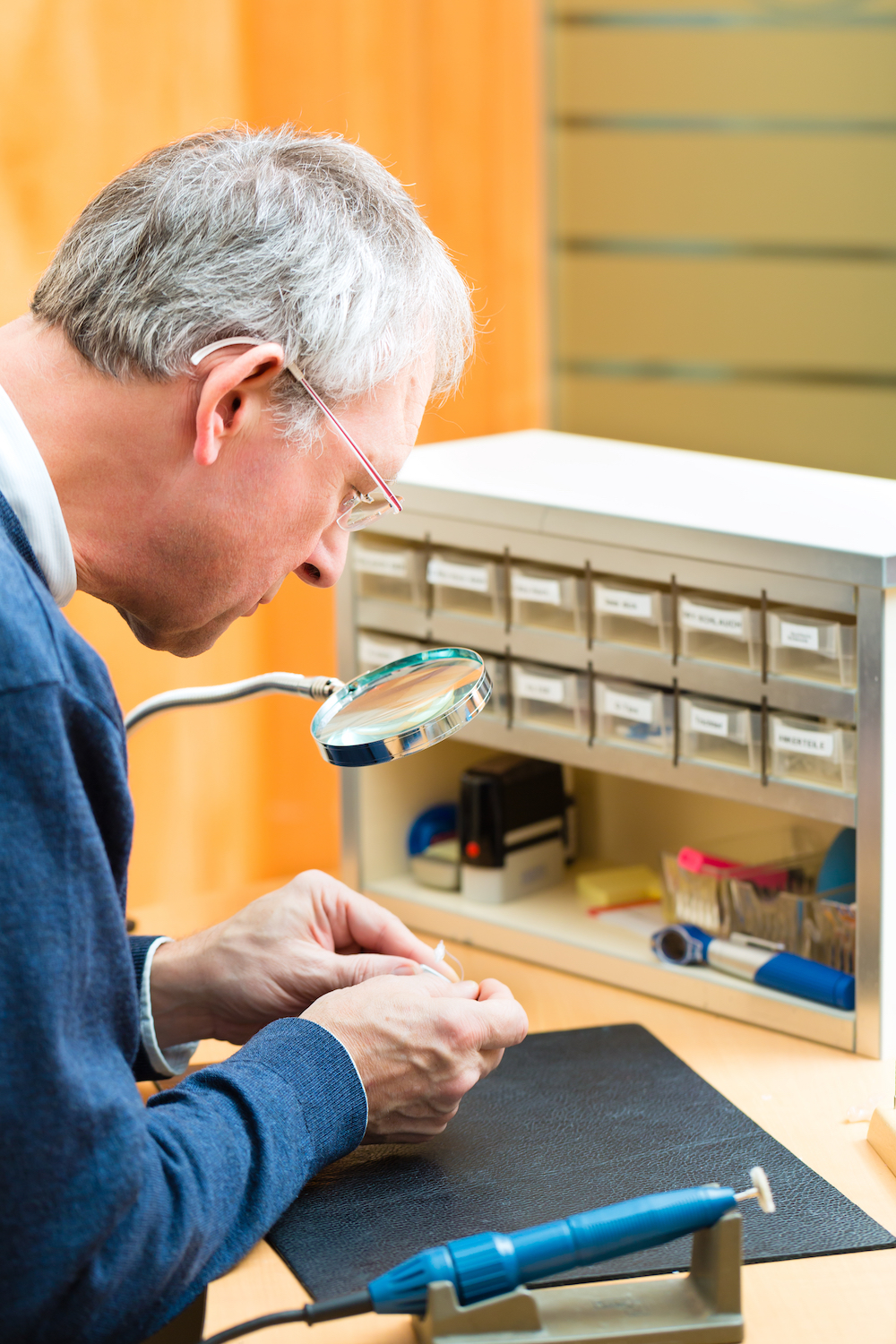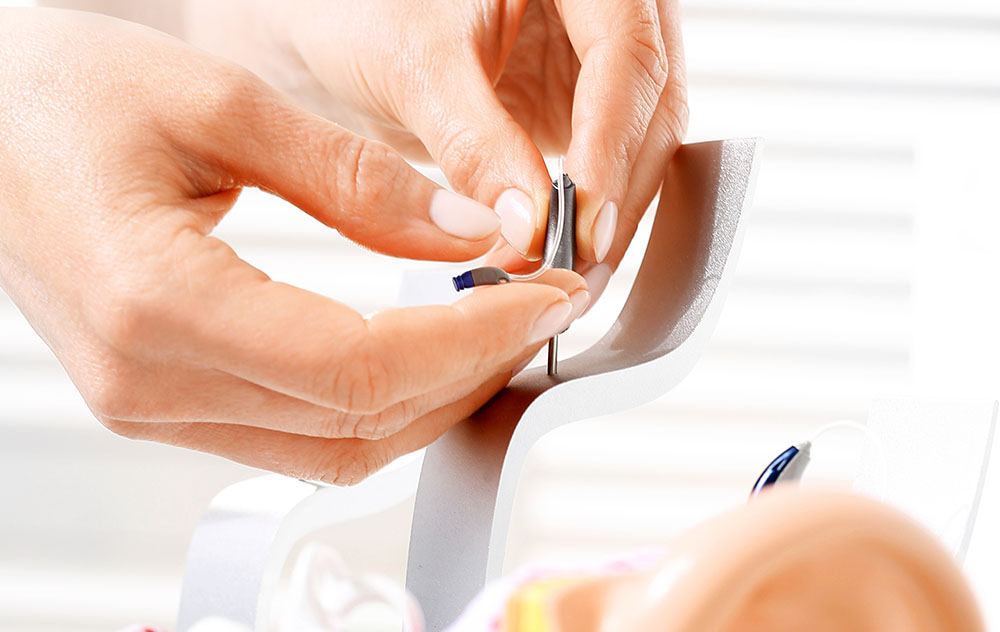The Causes of Acquired Hearing Loss
There are three main types of hearing loss. These are conductive,

By: admin | April 20, 2020
According to the World Health Organization, around five percent of the population, or 466 million people worldwide, experience hearing loss. This hearing loss has a large variety of causes from genetics, to infections or even the natural hearing changes that affect us as we begin to get older. In many of these cases, the use of a hearing aid could be beneficial.
When you think of hearing aids, you may picture large over the ear attachments, that are easy to spot and come with a wide range of horror stories. Fortunately, modern hearing aids have come a long way. Today's audiologists recognize that every ear is different; no two are exactly the same. Just because we experience the same symptoms or loss as someone else, doesn't mean that our ears are the same and need the same care. There's no one size fits all, and modern audiologists are highly skilled when it comes to fitting precise hearing aids, unique for you. Let's learn more about how hearing aids work, and more importantly, if they work.
A hearing aid is usually made up of three different elements or parts. These work together seamlessly, allowing you to hear more clearly than you would without the aid. The first part is the microphone. This picks up sounds around you, from speech to background noise. It passes these sounds on to the next part, the processor. Once the sounds reach the processor, they are analyzed and converted into electronic signals. The third part, the receiver sends these electronic signals to your ear, where they are released as sounds that you can hear.
These three separate parts mean that hearing aids don't just make sounds louder. They also identify specific sounds, so that they can make those that you need, such as voices, louder and those that you don't, like traffic in the background, quieter, reducing disruption.
When you make an appointment with an audiologist, they will go through the different options, and kinds of hearing aid that are available, to help you to find the right choice not just for your hearing and ears, but also for your lifestyle and budget. They'll be keen to find a hearing aid which adds value to your life, without disruption. Some of the options which may be considered include:
There are also digital and more traditional analog options available.
Like many areas of modern technology, today's hearing aids are essentially tiny computers. This gives your audiologist much greater control over their settings and functions. They can adjust a hearing aid to your specific ears, needs and lifestyle, changing the volume so that they focus on the things that you naturally struggle to hear. Your hearing aid will also be able to tackle background noise so that you can focus on conversation and other important sounds. You may even be able to connect it to an app on your smartphone, giving you full control with speech amplification, sound direction and noise-cancelling technology. With all of these features, modern hearing aids are more effective than they have ever been before.
However, it is important to remember that a hearing aid might not make your hearing perfect and that it might take some time to get things just right. Hearing aids won't cure your hearing loss or repair any damage that your hearing may have sustained. But they can be very effective when it comes to improving quality of life and making tasks which you may have found difficult more manageable.
If you'd like to know more about hearing aids, and how they could benefit you, get in touch with El Paso Hearing Aid & Audiology Center today at 915-532-6935.

There are three main types of hearing loss. These are conductive,
By: admin | April 27, 2021

You have experienced hearing loss for a while now and have finally decided
By: admin | March 16, 2021

For anyone who has experienced any level of hearing loss, getting hearing
By: admin | February 24, 2021
